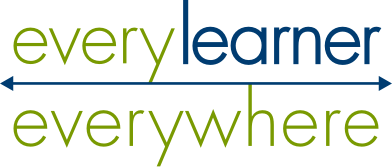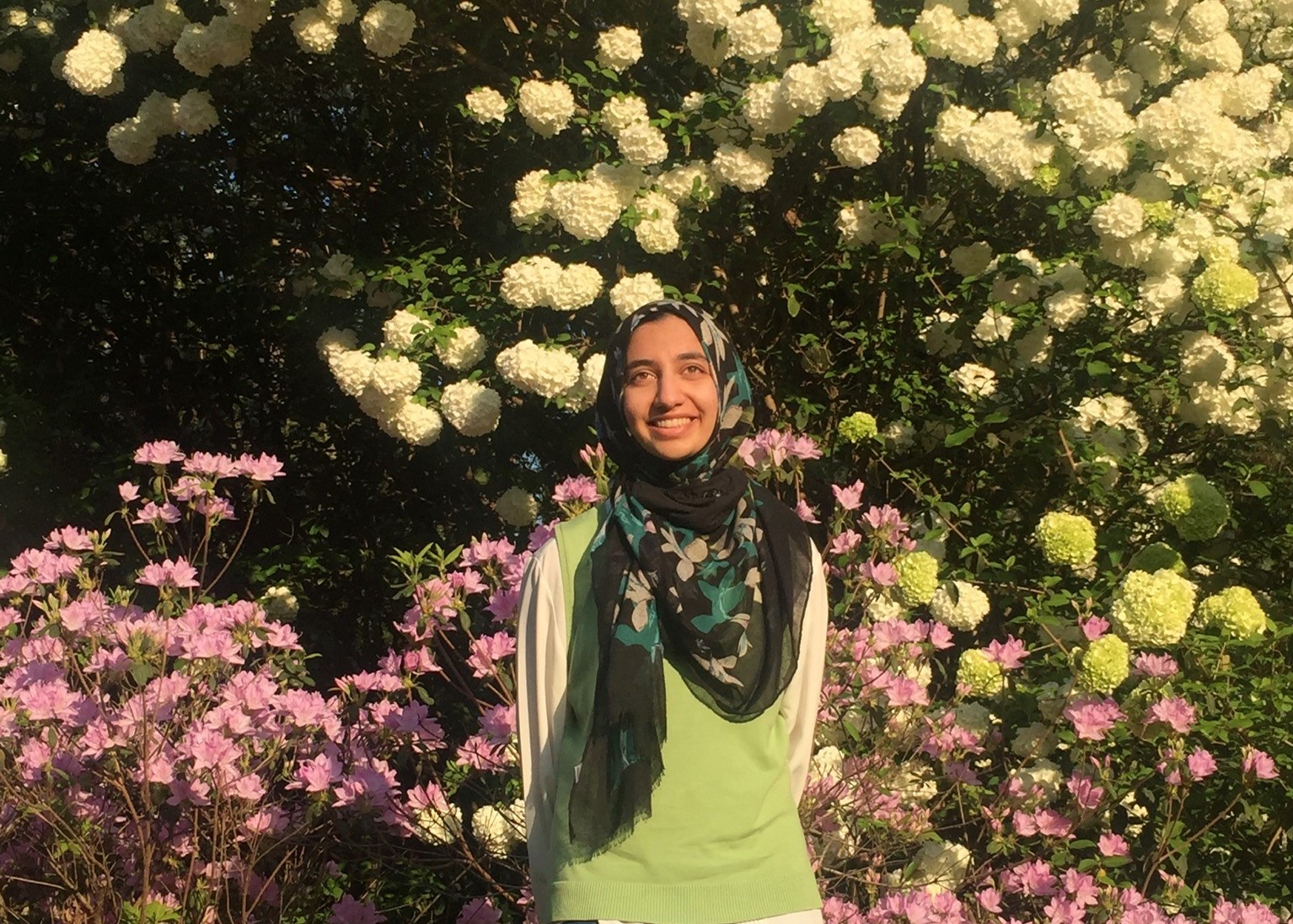While many colleges and universities around the United States are committed to diversity and inclusion, they often forget to include religion in that vision. Many educators prioritize secular approaches and, as a result, exclude rather than include the rich diversity of religious perspectives in their classroom.
However, schools and individual faculty can still have a secular approach while supporting the religious identities of every student. An essential step is educating faculty and students about religion on their campuses.
First and foremost, it is essential to remember that there is tremendous diversity within religions. I am Muslim, making me one of over 1.8 billion Muslims spanning the globe, representing a wide variety of cultures, ethnicities, races, and abilities that intersect with their religious identity in countless ways.
Confusing culture and religion
Still, people make a lot of assumptions about me. Almost every year I have been in college, including while I was a dual-enrollment student during high school, faculty have asked questions based on very narrow stereotypes.
For example, people assume I’m an immigrant or that I can’t fluently speak English. No, I’m one of 42 percent of Muslims in the U.S. born here.
Or people assume I’m Arab. No. Arabic-speaking countries are only a fraction of where Muslims might come from. There are Russian Muslims, British Muslims, African-American Muslims, Australian Muslims, Aboriginal Muslims, Native American Muslims, Latinx Muslims, Mexican Muslims, Haitian Muslims, even Hawaiian Muslims.
I have been asked if my parents will force me to get married after I graduate. Sometimes it takes a second to realize that, yes, they really just asked that.
Other faculty, sincerely thinking they were welcoming me into class discussions, have asked “Can you talk about how your religion sometimes goes against the American education system?” Both questions are prejudiced and based on media stereotypes, and both confuse a large and diverse religion with specific cultures.
Grouping all Muslim students into one box because of the religious practices they share is a big mistake. Culture and religion are different, so when trying to accommodate Muslim students, it is essential for college and university faculty to consider students’ cultural backgrounds and religious identities equally.
To be clear, I shouldn’t have to explain that there is no conflict between my religion and education. Obviously, I’m studying STEM because I love learning. The idea that Islam is too “conservative” for education is made possible by erasing the long history of Muslim innovations in math and science. Christopher Columbus would’ve never sailed if he hadn’t stolen the compass from the Muslim world. We would have never had algebra, decimals, calculus, philosophy, or astronomy without the Muslim world. Starting with the Quran, Islamic tradition puts a huge emphasis on discovery, exploration, and curiosity.
Four ways to make campus more inclusive for Muslim students
As Islam is a religion that includes so much diversity, it would be impossible to discuss comprehensively all the ways colleges and universities could create more inclusive environments. But here are four issues that come up frequently for me and my friends.
First, faculty often forget that non-Christian religious holidays need accommodations. Students get two weeks off school at Christmas time, but when other religious holidays roll around, schools turn a blind eye. The education system has been built for a particular model of “American identity,” which has always consciously and subconsciously held a favorable bias to Christianity.
Many Muslims observe two main holidays, Eid-ul-Fitr and Eid-ul-Adha, both of which depend on the lunar calendar. Eid-ul-Fitr is a celebration of the conclusion of Ramadan with your community, and Eid-ul-Adha is a commemoration of the sacrifice of Prophet Abraham and marks the conclusion of the pilgrimage of Hajj.
In high school, I was fortunate enough to go to a charter school where I had the freedom and flexibility to take time off when Eid came around. (I’ve written before that Eid should be a national holiday.) Our school had a policy where classes would still be in session on religious holidays such as Eid, but we wouldn’t be learning new content. I wasn’t forced to choose between my religion and school. Thousands of Muslim students at other schools in my district, however, did have to make that difficult choice.
Now, as a college student, so do I, because I am not afforded the flexibility I had in high school. When an exam, lecture, or lab is held on Eid, I have to choose between celebrating an essential and central religious holiday or attending the class or exam. Colleges and universities could be more inclusive of Muslim students by having the same policy my high school did.
Second, faculty and professors can sometimes overlook Ramadan, which is a month that many Muslims fast from sunrise to sunset each day. Professors should be aware that students may have to break their fasts at sundown, which often coincides with class meetings. Labs, in particular, may have rules against eating. A professor mindful of this helps a lot when you need to step out of the room for five minutes to eat something.
It also helps if faculty can be flexible about scheduling exams or other requirements for Muslim students during Ramadan. Allowing make-up exams, providing recorded lectures, and excusing absences can make classrooms feel like spaces where individuals can feel comfortable and confident in expressing their identities.
Third, a central tenet of the Islamic faith is praying five times a day, before sunrise, noon, in the afternoon, after sunset, and at night. Each prayer has a specific window of time in which one can complete it.
The noon and afternoon prayers (Dhuhr and Asr prayer, respectively) almost always fall between or during classes for me as an undergraduate. (Graduate school class meetings are often scheduled at times coinciding with evening prayers.) I catch prayers between classes and sometimes pray under the stairs or in empty classrooms. I excuse myself from classes by saying I need to go to the restroom, and on the route back to class, I pick a corner, lay out my mat, and perform salah (prayer).
Sometimes this lands me in awkward situations where students, custodians, or professors walk in on me while I was in prayer and are extremely confused. Because I am in prayer, I can’t even explain myself at that moment.
It wasn’t until one of my professors sought me and my classmates out and asked us where we prayed and if we needed a comfortable space to pray that I started to feel more at ease with making prayers on campus. He offered an empty room and told us he would vouch for us if we had any unfortunate run-ins.
Fourth, create safe spaces and other resources. To simply have faculty, staff, and professors aware of the needs of their students’ religious obligations isn’t enough. Colleges and universities must also accommodate individual students’ needs by having non-denominational places of worship and maybe even religious chaplains.
Additionally, safe spaces or crisis support for minoritized groups to call or reach out to when being attacked, harassed, or are feeling unsafe could dramatically change how inclusive and equitable campuses are.
Learn and act
Muslim students are more than the biases and assumptions they are placed in. Educating faculty and staff about different religious and personal identities helps allow every student to express their spiritual practices and beliefs on and outside of campus while pursuing an education.
Change can’t always be immediate, but action can be. You can contact local religious organizations, host interfaith workshops, allow religious student associations, and create safe spaces for different faith groups to practice their religion. On your campus, “starting” may look like an email to a local mosque, synagogue, or temple, or it may be reaching out to the student body to ask what accommodations they need or representation they would like to see. Additionally, it’s important to have conversations about the diversity that exists among college employees as well as students.
This way, colleges can create an environment where education and academia are nurtured alongside diversity and personal empowerment. When you have students and faculty who feel safe, comfortable, and confident enough to express their identities, you automatically enrich campus culture and experience.
From personal experience, even one teacher who recognizes me for who I am instead of solely my academic performance makes a drastic difference in the way I participate and show up in class and among my peers. I encourage readers to meet the diversity of students on their campuses and learn from and through them. That can be the start of your equity and diversity journey.
Eeman Uddin is a student at Georgia Institute of Technology majoring in biomedical engineering. In Spring 2021, she was an Every Learner Everywhere Student Fellow. You can find her LinkedIn profile here.


